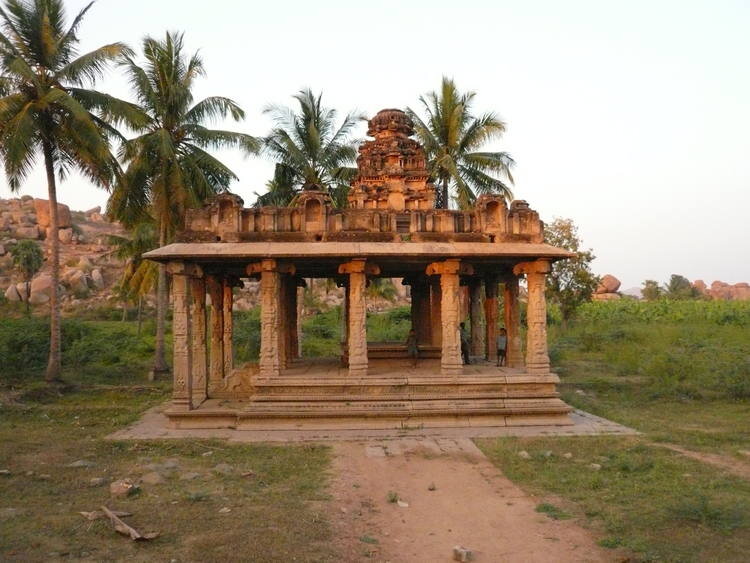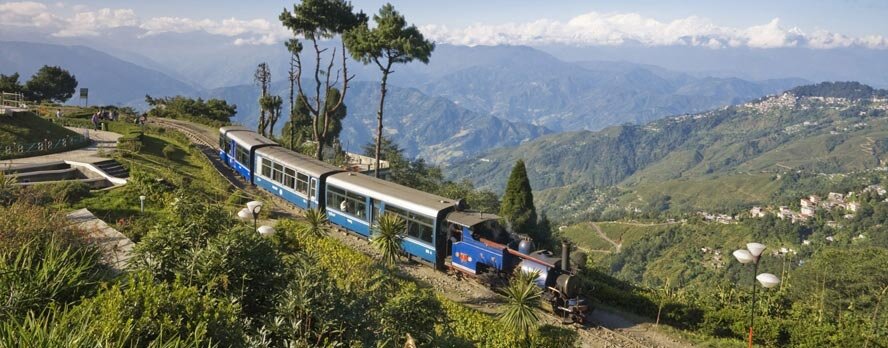Indian Heritage & Culture
World Heritage Committee’s Concerns
- 15 Jul 2019
- 3 min read
The World Heritage Committee (WHC) has flagged some concerns related to the conservation of the heritage site of Hampi and the Darjeeling Himalayan Railway (DHR).
- The WHC has regretted the lack of response from local authorities on concerns raised about developmental projects in the world heritage site of Hampi.
- The Indian Railways, despite requests, have not furnished information between the years 2017 and 2019 regarding the lack of monitoring and general maintenance, and encroachment and waste dumping along the tracks – all considered violation of global heritage conservation norms.
Hampi
- The site of Hampi comprise mainly the remnants of the capital city of Vijayanagara Empire (14th-16th Cent CE), the last great Hindu Kingdom.
- It encompasses an area of 4187, 24 hectares, located in the Tungabhadra basin in Central Karnataka, Bellary District.
- Hampi’s spectacular setting is dominated by river Tungabhadra, craggy hill ranges and open plains, with widespread physical remains.
- The sophistication of the varied urban, royal and sacred systems is evident from the more than 1600 surviving remains that include forts, riverside features, royal and sacred complexes, temples, shrines, pillared halls, Mandapas etc.
The Darjeeling Himalayan Railway
- The Mountain Railways of India, the world heritage site, includes three railways:
- Darjeeling Himalayan Railway located in the foothills of the Himalayas in West Bengal (Northeast India),
- Nilgiri Mountain Railways located in the Nilgiri Hills of Tamil Nadu (South India) and
- Kalka Shimla Railway located in the Himalayan foothills of Himachal Pradesh (Northwest India).
- The Darjeeling Himalayan Railway is the most outstanding example of a hill passenger railway. Opened in 1881, its design applies bold and ingenious engineering solutions to the problem of establishing an effective rail link across a mountainous terrain of great beauty.
UNESCO World Heritage Committee (WHC)
- The World Heritage Committee is composed of representatives of 21 States Parties to the World Heritage Convention who meet annually.
- The Convention Concerning the Protection of the World Cultural and Natural Heritage is an international agreement that was adopted by the General Conference of UNESCO in 1972.
- It is based on the premise that certain places on Earth are of outstanding universal value and should therefore form part of the common heritage of humankind.
- It basically defines the kind of natural or cultural sites which can be considered for inscription on the World Heritage List.
- The Committee is in charge of implementing the Convention.




